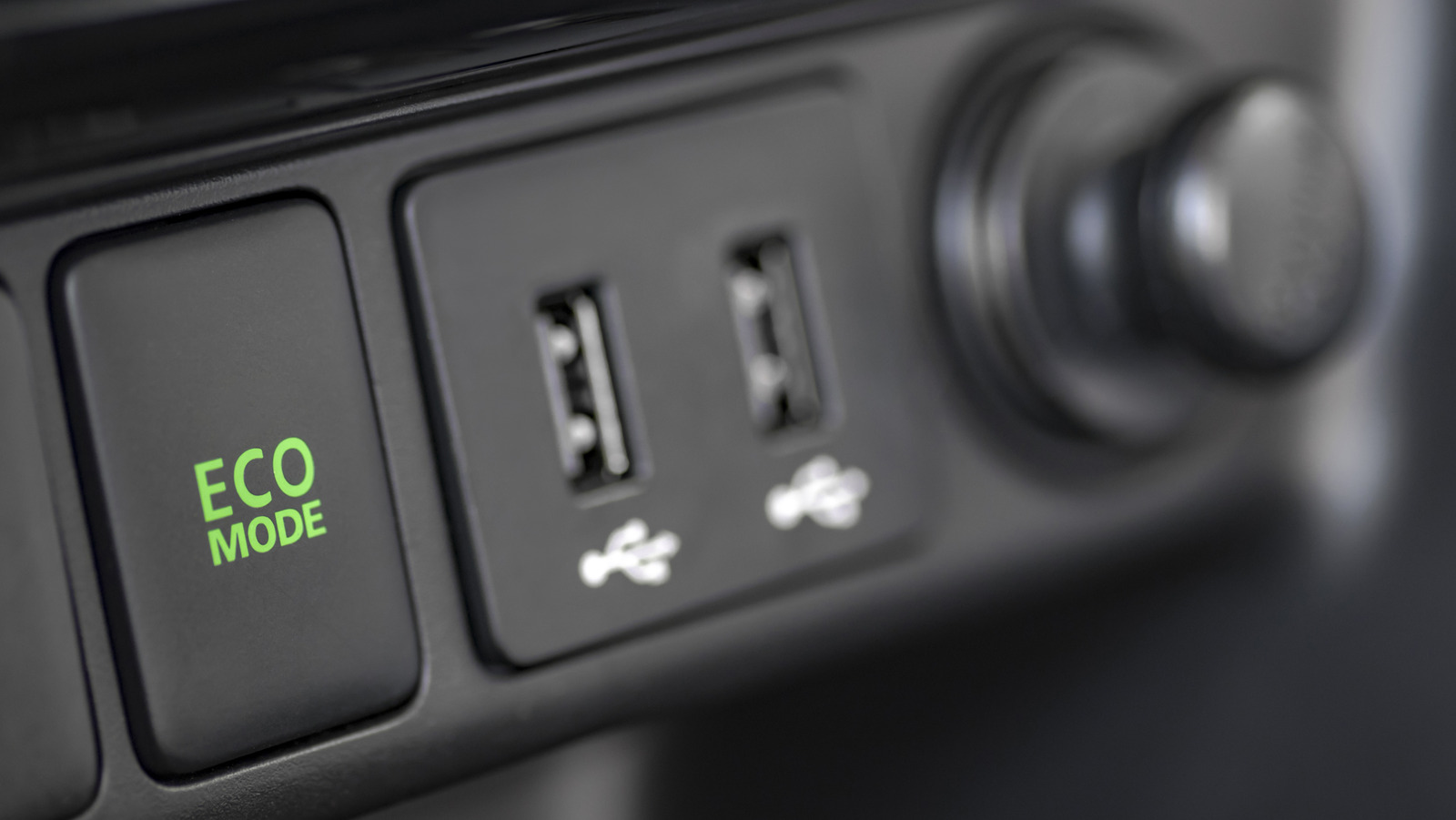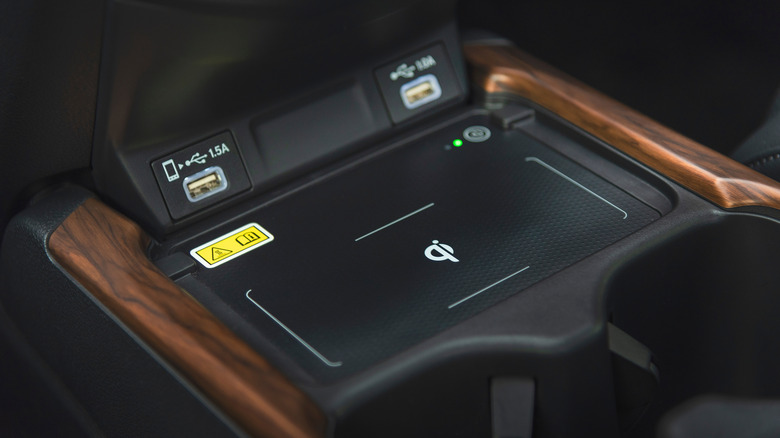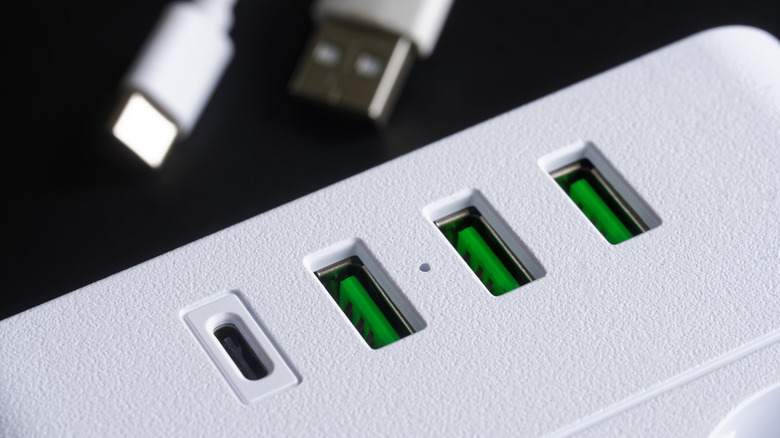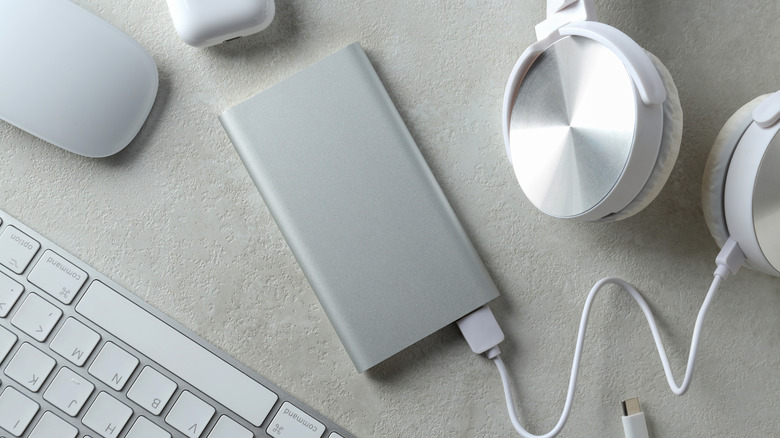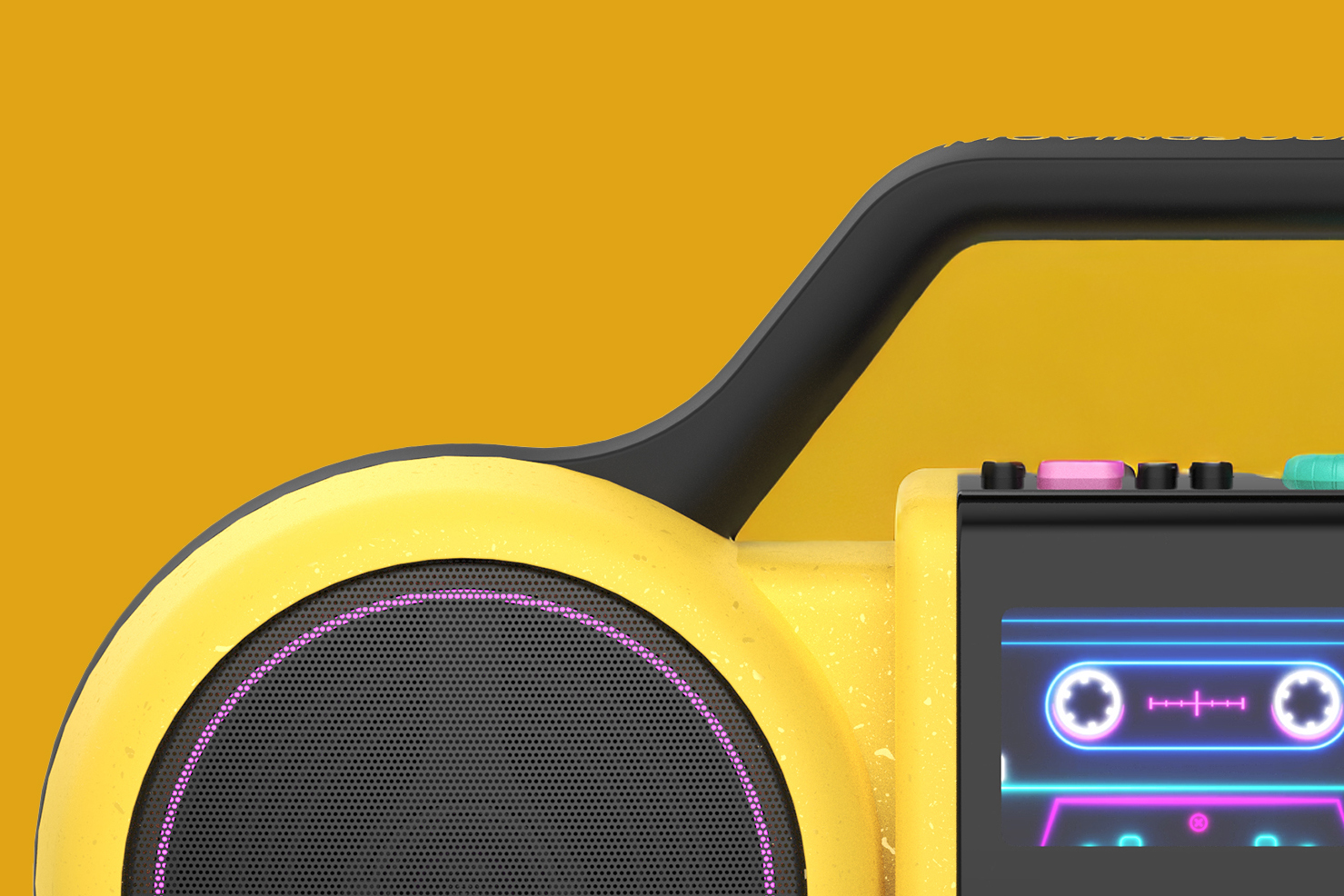Today’s vehicles now include a multitude of modern features, from touchscreen infotainment systems to colorful interior LED lighting, as well as USB ports for plugging in mobile gadgets and more. In fact, you’d be hard-pressed to find a car launched within the last five years, even longer, that does not include at least one integrated USB port. While the obvious use case is to plug in your phone, whether to play music or to access the driving mode like Android Auto, there are many, many other devices that can plug into a car’s USB port.
Some of those devices will be supported by your vehicle, while others may not be recognized, and compatibility is going to vary from device to device. Nonetheless, your car’s USB port can do more than you think, undoubtedly. However, just because you can plug in virtually any USB-compatible device to a car’s USB port doesn’t mean you should, and for a variety of reasons.
For one, USB ports tend to have varying voltages and power delivery options, which is why some USB ports support fast-charging and some don’t. Furthermore, USB ports are often drawing power even when not in use, and although it’s a negligible amount, that changes when something is plugged in. Consequently, leaving some devices plugged in for too long can drain your car’s battery. Moreover, plugging a device into the wrong type of port might have unexpected results. The device battery may drain at a faster rate than the USB port can charge it, making it essentially useless. Building upon that idea, there are some gadgets you probably shouldn’t plug into your car’s USB, and why.
Any devices that require USB-PD
Standard USB 2.0 delivers up to 2.5 watts, while USB 3.0 delivers up to 4.5 watts. They are interchangeable, for the most part, but if you plug a new device that draws more power via USB 2.0 or even USB 3.0, there’s a chance that the car battery will not be charged fast enough by the alternator to keep up with the drain.
This is particularly true of a newer USB standard, USB-PD, which offers power delivery from 60 watts all the way to a maximum of 240 watts; the extra power is required for fast charging or to accommodate computers and laptops. It’s exceedingly rare to find a USB-PD port in a vehicle, and they are also more commonly found as USB-Type C ports rather than USB-A. Coincidentally, an updated USB type called USB4 that is similar to Type C is making inroads, although we won’t see that in cars for a while, if at all.
The point here is that you shouldn’t be plugging any USB-PD devices into your car’s USB port, since the power draw they require is too great. That includes laptops, some tablets, and other devices with higher power draws like the Steam Deck. It’s possible to find an adapter or inverter that can facilitate a higher power draw, but that doesn’t change the fact that you shouldn’t plug these devices directly into your car’s port. It’s not necessarily a safety issue, since modern batteries have circuitry that restricts overloads, but it’s not going to be healthy for the batteries of both your device and car.
A standard USB hub (don’t plug in directly)
If your device has too few USB ports, you can generally plug in a USB hub, which is an extender of sorts. There is a vast choice of hubs available in all shapes and sizes, which can add a varied number of ports and types, including USB-A, USB Type-C, and often different types in the same unit. Depending on the setup, they might draw power from the device directly, or via a separate adapter that plugs into a wall outlet. Either way, it’s not a good idea to use these with your car’s USB port, at least not without an inverter.
The better option is to choose a USB adapter designed specifically for use with car outlets. Some can plug directly into the car’s USB port, but most of the time they use the car’s three-prong DC outlet, which was once more commonly known as the cigarette lighter outlet. The DC outlet delivers 12 volts and a little bit more power to supply all those extra ports. Since many of these adapters also incorporate USB Type-C, there are some pretty cool USB-C mini gadgets that you can use in your car, such as magnetic adapters that make it even easier to plug in your phone.
Devices that need a special driver or extra software
Most USB devices are plug-and-play, and the main reason for this broad compatibility with computers is that operating systems typically include the necessary software to support a connection. Many USB devices still need drivers — software packages — to be installed before they can be used properly, and car USB ports don’t really support this in any capacity. There’s no way to install drivers on a vehicle’s central system, so if you have a USB device that needs drivers to be recognized, it’s not going to work with your car.
This can include peripherals like controllers, keyboards, printers, extended monitors or displays, and media players. Some of these you probably wouldn’t consider plugging into your car’s USB, but the point is that there is a very long list of devices that software compatibility can affect. You might be able to get away with plugging them into the port and seeing what happens, but that’s certainly not recommended, especially if you don’t know their power requirements.

